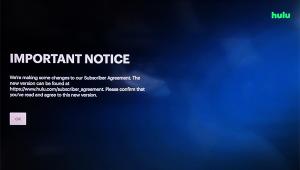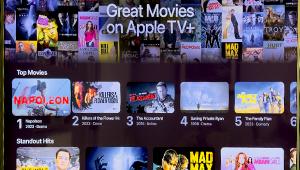All About Streaming Local Channels

An antenna can be the best way to receive local channels once you cancel your TV provider. Yet, in some areas, station signals can come from different directions requiring an adjustment to the antenna when changing channels.
Streaming live stations along with other content is more convenient. NBC and CBS stream local channels through their streaming apps. Peacock offers the local NBC affiliate to stream live. Your local live CBS channel is streamed through Paramount+. The ABC app requires a TV provider login, which defeats the cord-cutting experience.
The best (but not cheapest) way is to stream all live TV content, including local channels, from a live TV streaming service. YouTube TV and DirecTV have the most complete list of local channels, although they don't have The CW. Others, like Hulu+ Live TV and Fubo TV, don't include local (or any) PBS stations. Local, mostly regional, PBS stations are available to stream for free from the PBS app or on the web at PBS.org
A 1992 rule required that cable and satellite providers negotiate directly with local stations, but the rule hasn't been updated to include streaming services.
The local stations that are included in these live-streaming services are available through this loophole that allows the networks to make deals directly with the services. The networks pocket fees "for the content they provide to the affiliate," cutting into the monies that go to the local stations. The network may pull its programming if the local station refuses to accept the terms.
But the local channels are providing important community news, from emergency information to local election news. And local newsrooms aren't cheap. The Wall Street Journal reported that the annual budget for a newsroom in a small market could run $5 million—and subscription fees from cable and satellite account for 40% of a station's income.
This may soon change as local broadcasters have joined to create The Coalition for Local News. This advocacy group is looking to influence the Federal Communications Commission (FCC) to "modernize regulations" to require streaming services to negotiate directly with local stations.
The group stated, "As the most trusted source of news for Americans, local news broadcasts provide timely coverage of important issues and events, emergency weather service, and access to lifesaving information. The future of local broadcast news is threatened by regulations that need to be modernized and government inaction in exercising existing authority to protect the ability of local news outlets to compete."
Mike Meara, former chair of the ABC Television Affiliates Association and member of the Coalition said, "The market has evolved dramatically, and it's time for lawmakers and regulators to act to protect local broadcast news." The FCC started looking into this "streaming loophole" in 2014, but it's been a dead issue ever since.
Following a letter from Senator Maria Cantwell, the FCC announced its "intent to consider" updating the carriage rules, acknowledging the need to change video regulations in this new streaming era.
Michael O'Brien, Senior VP at The E.W. Scripps Company and member of the Coalition, addressed the issue, "This 'streaming loophole' takes direct investments away from local broadcasters and allows national media conglomerates to control the right to local broadcasters' signals, ultimately deciding the fate of local news."
Just as important as it is for us to know what's happening in our community, it's equally important that our local news is supported and gets the full carriage fees.





























































